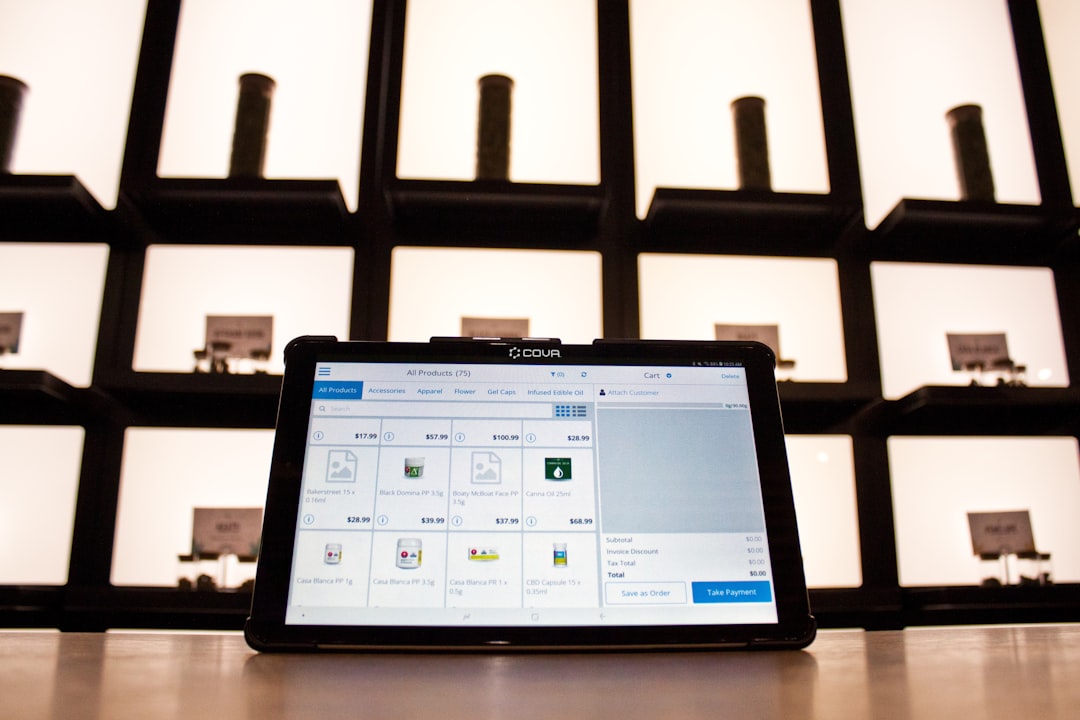In the competitive and fast-moving property rental market, landlords and property managers are continually seeking ways to improve operational efficiency. One of the most time-consuming aspects of managing rental properties is resident screening. Automating this process can save significant time, reduce human error, and ensure consistent vetting standards are followed. With the right tools and strategy, property managers can execute faster, more accurate screenings, leading to reliable tenants and minimized risk.
The Benefits of Automating Resident Screening
Automating resident screening offers a range of advantages for landlords and property management companies:
- Time efficiency: Screen dozens or even hundreds of applicants quickly without manual data entry or extended wait times.
- Reduced human error: Automation eliminates misinterpretations and missing data often caused by manual reviews.
- Improved compliance: Automated systems are designed to comply with fair housing regulations and protect sensitive applicant data.
- Consistency: All applicants are evaluated using the same criteria, creating a fair and objective process.
Steps to Automate Resident Screening
Automating resident screening involves integrating technology into the existing leasing process. Below are the fundamental steps to implement it successfully:
1. Choose a Tenant Screening Software
Start by selecting a reliable tenant screening platform. Many software providers offer features like credit checks, background screenings, and eviction history reporting. Some popular choices include AppFolio, Buildium, and RentSpree.
Look for features like:
- Real-time credit reports from major bureaus
- Criminal background and sex offender checks
- Employment and income verification
- Integration with your current property management system

2. Establish Screening Criteria
Before launching automation, decide on the standards applicants must meet. This includes ideal credit score ranges, income-to-rent ratios, acceptable background results, and rental history guidelines. These criteria should be embedded into the screening software to enable automatic decision-making.
Make sure your criteria comply with all Fair Housing Act regulations to avoid legal complications. Creating a written screening policy also helps provide clarity to applicants and supports legal compliance.
3. Integrate Online Applications
Ensure your application process is fully digital. Most modern property management systems allow prospective renters to apply online. These forms should include the necessary consent to run background and credit checks automatically through the chosen system.
4. Enable Automated Reports and Notifications
Once a tenant submits their application, the system can immediately begin the screening process and email the property manager when completed. This might involve an instant credit score result or a full report received within minutes.
Some platforms also allow for automated approval or denial notifications based on preset criteria. This speeds up communication and prevents applicants from waiting too long.

5. Review Edge Cases Manually
While automation handles most decisions, leave room in your process to manually review borderline applications. Some situations, like limited credit history or foreign students, may require a personal judgment outside of strict automation.
Future Proofing the Screening Process
The future of resident screening lies in AI-driven analytics and machine learning, which can predict tenant reliability based on behavioral data, employment trends, and even digital reputation. Property managers who adopt early will benefit from smarter decision-making insights and a competitive edge in tenant selection.
Additionally, automation should be paired with good customer service. Even in a tech-driven process, clear communication with potential tenants is crucial.
FAQ
- Q: Is automated resident screening legally compliant?
A: Yes, as long as you use reputable software providers that adhere to FCRA (Fair Credit Reporting Act) and Fair Housing Act regulations. - Q: How accurate are automated screening tools?
A: These tools pull data from verified sources like credit bureaus and national criminal databases. While they’re highly accurate, it’s good to review applications manually when unusual data appears. - Q: Can I customize the screening criteria?
A: Absolutely. Most platforms allow customization of income thresholds, credit scores, and other parameters to fit your property’s requirements. - Q: Are there risks to full automation?
A: While automation reduces bias and error, over-reliance may ignore unique applicant situations. Maintain flexibility to evaluate special cases manually.
By integrating automation into the resident screening process, landlords can streamline operations and make more informed decisions. With the right combination of technology and judgment, this transition can lead to faster applications, stronger tenants, and greater peace of mind.


